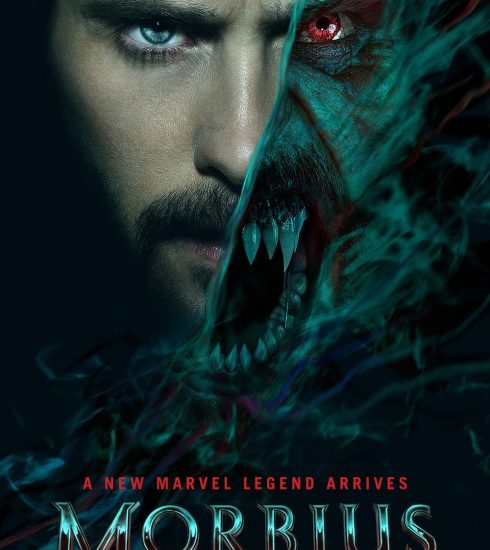Movie Review: Avatar: The Way of Water
If they gave out Oscars for pure ambition alone, James Cameron’s rivals might not bother showing up. His original 2009 Avatar, a 3D action epic about 10-foot blueskinned aliens, remains by some measures the most successful movie ever made; 13 years on, the first of four planned sequels will need to perform comparably well just to break even.
But this seems entirely achievable since, like its predecessor, Avatar: The Way of Water packs in every kind of popular appeal it can. The Avatar Franchise, as we may now have to call it, is built on paradoxes all along the line, being family-friendly but violent, pacifist but gung-ho when needs be, a plea for the oppressed and a juggernaut designed to conquer the planet.
If Cameron truly believes in anything, it’s the power of bigscreen spectacle. And more than ever, he’s determined to give us the works: sublimely hazy fantasyart landscapes, battles on land, sea and air, huge monsters and cute critters, all realised with the kind of hallucinatory hyperrealism only possible for an obsessive on a budget north of 250 Million USD.
At the same time, Cameron is so steeped in the grammar of Hollywood storytelling there’s hardly a plot point in The Way Of Water that doesn’t feel familiar. Beneath its science fiction trappings, this is basically a romantic adventure story about a coloniser who “goes native”, a tradition that long predates the invention of cinema. Some have even called the franchise ‘Space Pocahontas’.
By the end of the first Avatar, the former Marine hero Jake Sully (Sam Worthington) had left his human body behind to begin life anew as a Na’vi – one of the aforesaid blue-skinned aliens living in harmony with nature on Pandora, an idyllic jungle moon a galaxy away from Earth.
![]()
A decade on, Jake leads a band of Na’vi insurgents holding out against the human invaders (or “sky people,” as they’re known to their foes). His onetime commanding officer Miles Quaritch (Stephen Lang), the first film’s villain, has meanwhile been reborn in his own Na’vi body – though his transformation, unlike Jake’s, is strictly an outward one.
After the skirmishes that occupy the film’s first act, Jake, his wife Neytiri (Zoe Saldana) and their children are forced to flee, taking refuge with a seadwelling clan known as the Metkayina (who resemble the Na’vi but are turquoise and more muscular). Quaritch sets out to hunt them down, but meanwhile, there’s time for them to adjust to their new life – and for Cameron to indulge his long-held love of the marine environment.
Once a familiar threat returns to finish what was previously started, Jake Sully must work with Neytiri and the army of the Na’vi race to protect their planet.
Like every other Cameron film, the screenplay lacks genuine depth while also delivering some all-time groaners of dialogue. The story’s main conflict is also mechanical, but the performances are all leagues above the first entry, with Worthington (whose human form isn’t glimpsed once this time) far sturdier in the protective-dad role than he was in white-saviour mode. The Na’vi kaids are all strong, too – good thing, as Cameron is stuck with them for the next four or five or six or however many films.
The film’s MVP, though, has to be Sigourney Weaver, who plays a teenage alien girl with such an effortless, natural mix of adolescent confidence and selfconsciousness that the whole thing feels supernatural. Even her character design balances something organic and artificial — it is just right and extremely unsettling and mightily impressive. I mean, yes, I guess this is exactly what I would imagine Sigourney Weaver might look like were she 13 years old, blue and seven feet tall. Good, weird, freaky, job, everyone.
![]()
As ever, there will be James Cameron skeptics. After all, despite the first Avatar being the highest-grossing film of all time, the conversation leading up to The Way of Water’s release has pivoted around the question of “Why???”. Certainly with its (3hr 15min) runtime, visual language and good vibes, the film has set up its own challenges for an easily exhausted and deeply cynical audience. But once you sink (I guess dive/swim/plunge/choose your own method of submersion) into Cameron’s world, you will be rewarded with the work of a master filmmaker trying to, and succeeding in, one-upping himself. It takes a heart of stone, and an eye of ice to enter Pandora and not be at least a little moved, inspired, and transported.
May James Cameron continue to think bigger of himself and his audience for decades to come.
Avatar: The Way of Water is in cinemas from December 15.
7.7/10
Boluwatife Adesina is a media writer and the helmer of the Downtown Review page. He’s probably in a cinema near you.






